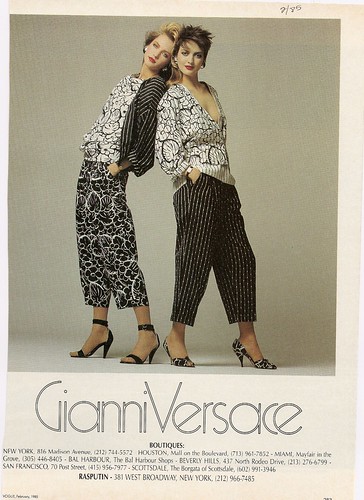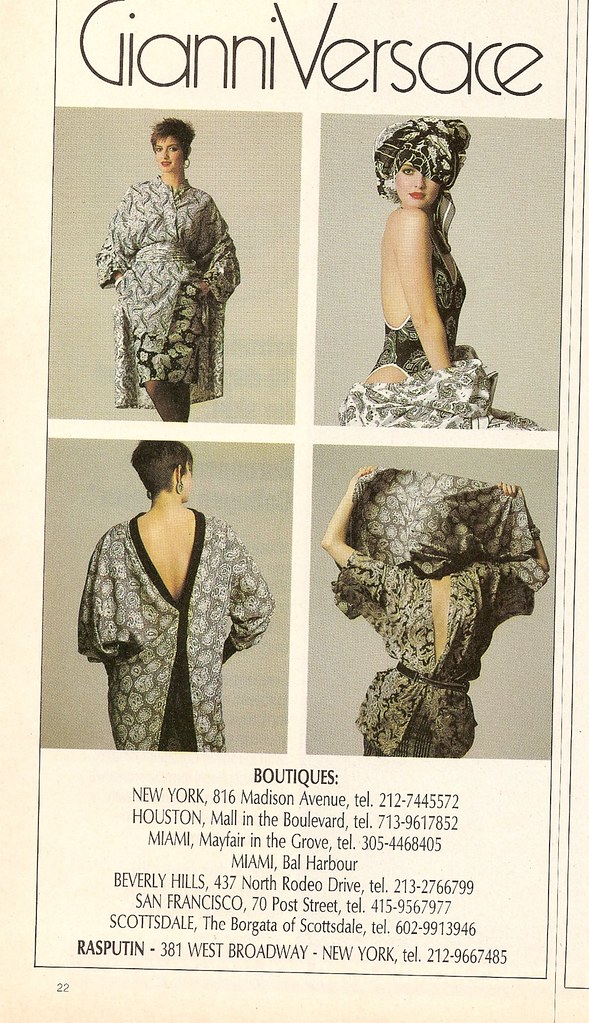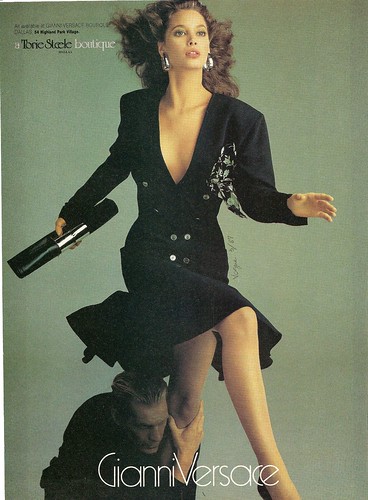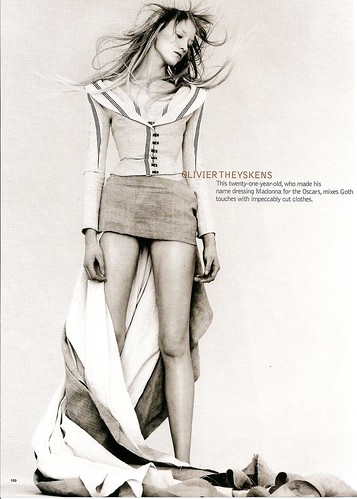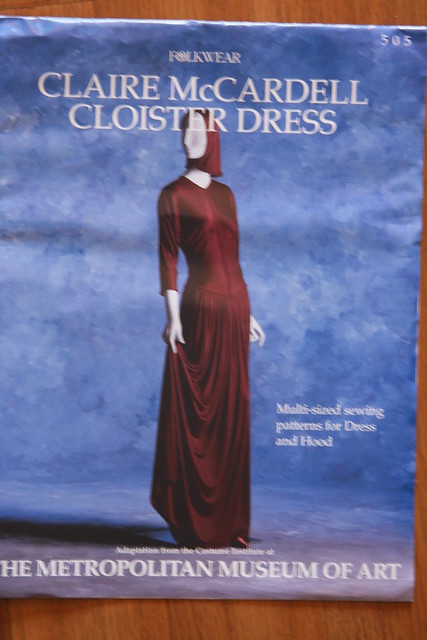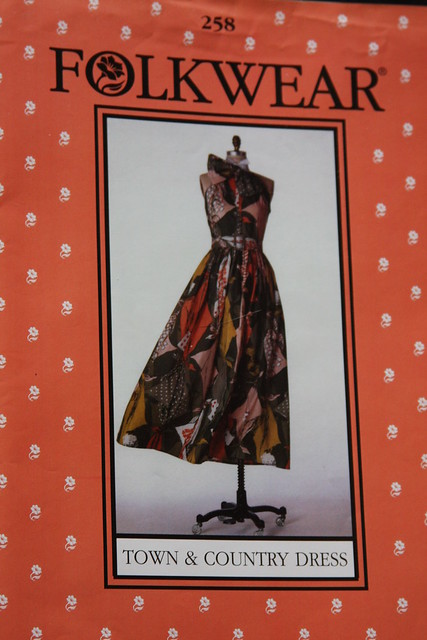These lists are by no means meant to be exhaustive. Check your local museums and see what they have to offer. Oh and please call before you plan to go just to make sure I have the correct dates!
And thank you to those have sent me private messages to let me know about upcoming showings!!
Philadelphia, PennsylvaniaPhiladelphia Museum of ArtInspiring Fashion: Gifts from Designers Honoring Tom Marotta
September 12, 2009 - Summer 2010
Fashion designers use their talent and vision to interpret the current mood and aesthetic, finding inspiration in a variety of sources. The exploration of an artistic movement, a reinterpretation of historic clothing, or the transformation of street styles or utilitarian clothes may be the springboard for innovative statements. Some designers begin with geometry or shape, while others’ imagination is sparked by color, by the design or characteristics of a fabric, or by the possibilities offered by materials or techniques handled by skilled artisans of the industry.
Cleveland, OhioKent State University MuseumThe Kent State University Museum:
Celebrating 25 Years
March 11, 2010 - February 13, 2011
Two Hundred Fifty Years of Fashion,
Twenty Five Years of Collecting
Changing fashions exemplify the human desire for novelty. The 25 pieces in this exhibition represent the very tip of the iceberg of fashionable dress, and illustrate the evolution of fashion from 1750 to today. A survey of taste in silhouette, fabric and trimmings readily reveals enormous diversity. Over the centuries fashion choices have reflected relationships to an array of aesthetic and cultural environments. These choices register individual attitudes to prevailing social mores and reactions to a given artistic sensibility. The clothes we choose to wear when dressing each day become one of our most significant means of communicating who we are and how we feel. Collections of historic and fashionable dress, like that held by the Kent State University Museum, provide a very intimate record of personal choice and give insight into the unique ways individuals have responded to over-arching aesthetic trends.
Chicago,IllinoisChicago History MuseumI Do! Chicago Ties the Knot
Opens May 22, 2010
Nearly every part of a wedding celebration is steeped in history and tradition, with religion, culture, family custom, and superstition having shaped the Big Day since the first couple said "I do." The exhibition explores an array of wedding traditions through costume, and how some of those traditions were standardized by Chicago retailers to create the wedding industry we know today.
Washington D.C.Textile MuseumArt by the Yard: Women Design Mid-Century Britain
May 15, 2010 – September 12, 2010
The art of textile design changed radically after World War II as Britain was transformed from a country devastated by war into an optimistic consumer society. Three women designers were pivotal in this artistic revolution: Lucienne Day (1917- ), Jacqueline Groag (1903-1985) and Marian Mahler (1911-1983). Incorporating dramatic saturated colors and bold motifs inspired by artists like Alexander Calder and Joan Miró, these young designers transformed the market by inspiring elegant yet affordable product lines that brought the world of contemporary art into everyone’s homes.
Art by the Yard: Women Design Mid-Century Britain will showcase the work of these groundbreaking women designers, highlighting the work of Lucienne Day, through the display of textiles together with preliminary drawings and collages, ceramics and period furniture, all drawn from the Jill A. Wiltse and H. Kirk Brown, III Collection of British Textiles.
GREEN: the Color and the Cause
April – September 2011
Many cultures traditionally associate the color green with nature and its attributes, including life, fertility and rebirth. In recent years, green has become a symbolic color of environmentalism. This exhibition will celebrate green both as a color and as a cause, exploring the techniques people have devised to create green textiles, the meanings this color has held in cultures across time and place, and the ways that contemporary textile artists and designers are responding to concerns about the environment.
